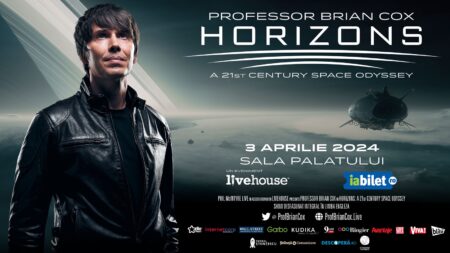In previous posts I have talked about the best ways to structure a presentation on a scientific topic. Let's look again at the three main structures: The Solution, The Hourglass and the Metaphor.
These were presented with hard sciences in mind. However, there is a highly effective type of presentation for humanity related research: the Person.
This type of structure is centered on an individual story that perfectly illustrates the statistics, figures, data, concepts that we otherwise find extremely difficult to convey and get others interested in. There is a saying attributed to Stalin that journalists know too well: "if one man starves to death it is a human tragedy; if a million people starve to death it is a statistic".
A story about a person means much more than information and data: it means empathy, it means identification with the person, emotions, attention, curiosity.
Excellent examples of how one person's story can unravel an entire system are frequently published in the Romanian magazine Decat o Revista (e.g.: For you, something eternal), School 9 (e.g: Back to school), the Journalist's House (e.g. "You see there are naked pictures of you around high school"). The patience and focus to better penetrate complex and nuanced topics like Huntington's disease, teen pregnancy and revenge porn can only be achieved through story. We get bored of statistics in seconds.
What does the approach look like in a presentation?
There are two approaches to this structure:
- one in which the speaker asks the audience to put themselves in someone's shoes
- the second, closer to the above examples: we create a story about a character, which is presented in a empathetic, yet not condescending way. Then, the story is placed in a wider context, of the system, of the concept - of what we actually want to explain.
For example, here is the 2018 winner of the 3M competition (a competition to present doctoral research in under three minutes).
The subject of the presentation is aphasia - a speech disorder that affects the understanding or expression of language. But the presentation begins not with a definition, but with an appeal to empathy:
"Imagine waking up in a foreign country, say Japan, unprepared. You only speak English and those around you only Japanese. How would you communicate?"
Once empathy is created, the scientific concept of "aphasia" can be introduced.
This type of presentation is often particularly appropriate in research in the humanities field, because there the temptation of statistics and figures is great. But the story is almost always more effective.





